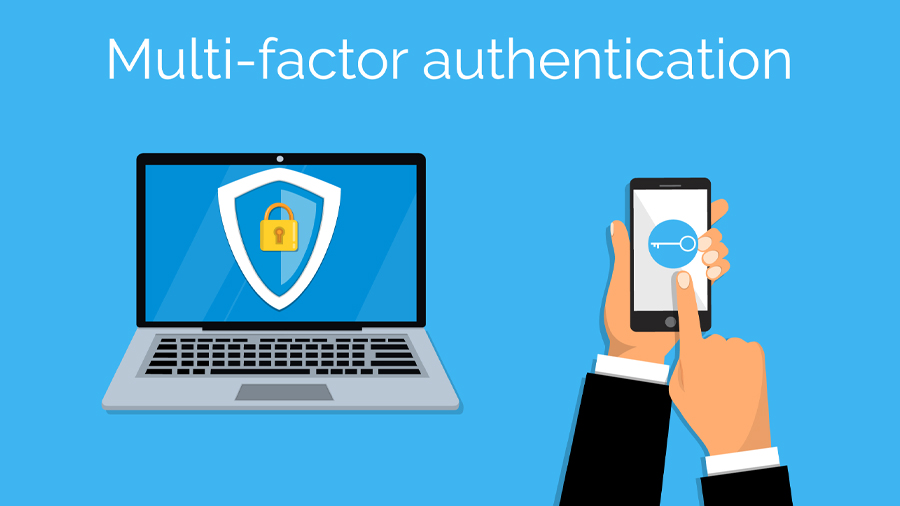The California Consumer Privacy Act (CCPA) went into effect January 1, 2020. This law deals with the right of consumers to know or even control how their personal information is used by organizations. For businesses that collect such information from consumers, this represents new burdens.
Do I Have to Comply with CCPA?
The CCPA comes with certain thresholds that may exclude some small or medium businesses from compliance requirements. What are these thresholds? You’re on the hook for compliance if you are:
- Are a for-profit business operating in California
- Collect personal information from consumers
- Exceed one or more of the following:
- Buy, receive, sell or share personal data from 50,000+ devices, consumers, or households
- Have gross annual revenues of over $25 million
- Sales of California residents’ personal data represents 50% or more of total annual revenue
I Don’t Meet the Thresholds, So Why Should I Worry About CCPA?
The CCPA is the most extensive privacy law ever passed in the US. Other states are taking a page from California’s book and are considering or have already passed similar legislation. Plus, the possibility of having different standards instituted across multiple states could result in the enactment of a privacy law at the federal level. So even if the CCPA does not currently affect you, it will eventually.
Looking at the legislative climate, given the CCPA and likelihood of more laws like it coming soon, it’s clear that there is an increasing recognition of the need for businesses to handle consumer data responsibly, for consumers to have the right to determine how that data can be used, and for businesses to protect consumer data against theft or loss.
What is “Reasonable Security”?
Part of the CCPA revolves around an organization’s responsibility to protect consumer data against theft or loss, like through a data breach. If a business fails to implement reasonable safety measures, resulting in a breach, they may be liable to pay penalties of $100-$750 per consumer per incident, or even higher. What would count as “easonable security” measures? The CCPA does not specify, but some legal experts refer to the state attorney general’s words in the California 2016 Data Breach Report:
“The 20 controls in the Center for Internet Security’s Critical Security Controls define a minimum level of information security that all organizations that collect or maintain personal information should meet. The failure to implement all the Controls that apply to an organization’s environment constitutes a lack of reasonable security.”
These CIS Controls are comprised of a set of 20 broad categories of action, each of which contains subcontrols in the form of specific tools and practices. These subcontrols vary based on the sensitivity of the data you’re protecting, the size of your organization, and the extent of your IT resources. Together, these controls form a defense strategy against breaches and cyberattacks.
We recommend that companies of all sizes take a look at the CIS Controls—especially if you’re at or near a threshold for CCPA compliance. At FIT Solutions, we use CIS Controls and other security frameworks, like NIST, to follow best cybersecurity practices for our clients. Contact us or call 888-339-5694 for help in strengthening your organization’s defenses.





